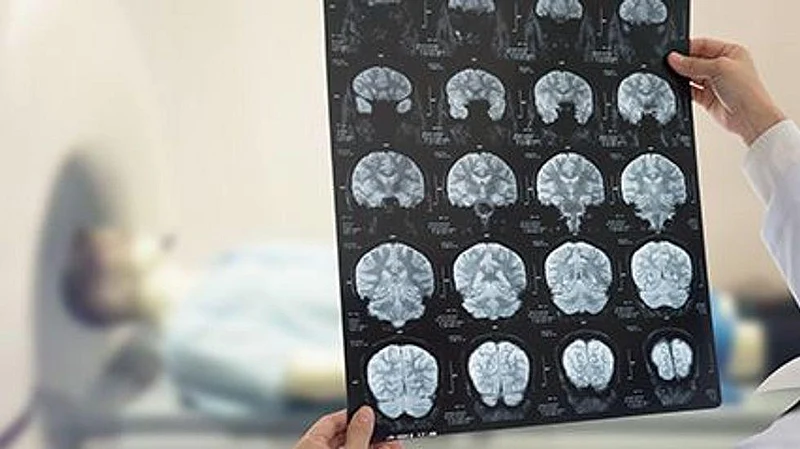Due to a recent change of our website, the process for submitting refill requests online has now changed.
Please click on “Sign Up Today!†to create a new account, and be sure to download our NEW Mobile app!
Thank you for your patience during this transition
Get Healthy!

- Steven Reinberg
- Posted October 4, 2021
Shape, Size of Brain Arteries May Predict Stroke Risk
The size and shape of the blood vessels in your brain may help predict your risk of an often-fatal type of stroke, called an aneurysm, a new study finds.
An aneurysm is a bulge in an artery wall.
"A subarachnoid hemorrhage is the most dangerous type of stroke and occurs when a brain aneurysm leaks or ruptures, causing bleeding into the brain, killing more than 50% of affected people," said Dr. Arjun Burlakoti, a University of South Australia neuroanatomist.
For the study, Burlakoti conducted imaging tests of 145 patients and found people with varying sized brain arteries have greater odds of an aneurysm.
The brain images of people with aneurysms showed that the four arteries that enter the brain box, divide into segments and supply blood to the brain, were not in proportion to each other. This increases peaks in blood pressure and predisposes them to ballooned blood vessels, Burlakoti explained.
Where the front part of the brain arterial network differs in left and right diameter ratio by up to 1.4, people have an 80% risk of developing aneurysms in that area, the most common location of ruptured aneurysms. Those with symmetrical ratios below 1.4 have an 8% equivalent risk, the researchers noted.
Nearly half of those who have a burst brain aneurysm die. Only one-third will recover without disabilities, the study authors said. Brain aneurysms cause almost 500,000 deaths worldwide each year, half of them in people under age 50, with women at greater risk.
"A lot of small, unruptured aneurysms go undetected in commonly used imaging techniques. They may not be diagnosed until they grow sufficiently to cause symptoms or rupture, often when it is too late," Burlakoti said in a university news release.
The main symptom of a ruptured aneurysm is a sudden, severe headache, often with double vision, nausea and vomiting, a stiff neck, muscle weakness, confusion, seizures and cardiac arrest.
If found early, aneurysms can be monitored and slowed by controlling blood pressure with medication, diet and lifestyle changes. They can also be removed with an operation, but that can be risky and cause brain damage or stroke. It's only recommended if there is a high risk of rupture, the researchers said.
"Based on our findings, MRI and CT angiograms will determine whether people have asymmetrical brain arteries and, if so, they should be screened regularly for cerebral aneurysms," Burlakoti said.
The report was published online recently in the journal BMJ Open.
More information
For more on aneurysms, head to the American Heart Association.
SOURCE: University of South Australia, news release, Sept. 29, 2021
